Plants Under Pressure
Find out about the Plants Under Pressure programme monitoring the state of the plant world.
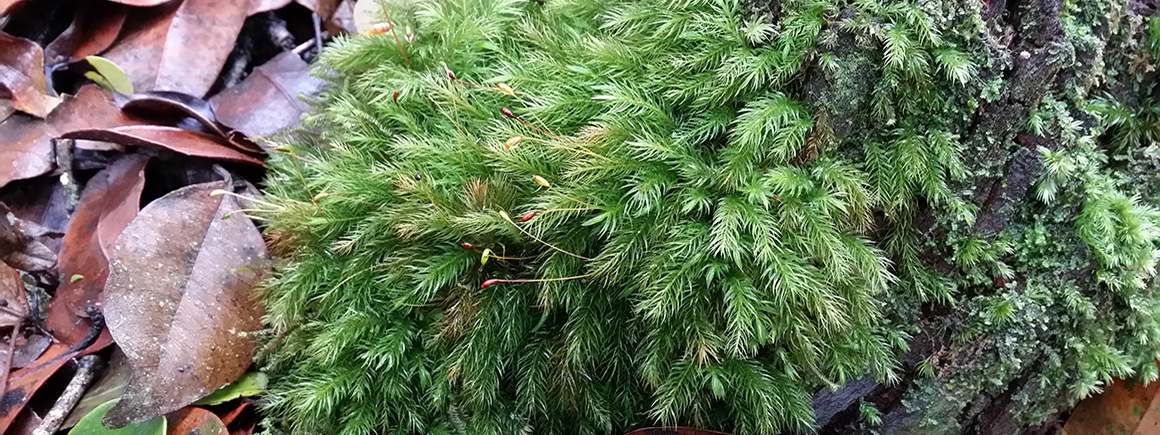
The moss Philonotis cf. caespitosa in the West Usambara Mountains, Tanzania, image by Ana Claudia Araujo
The Red List Index (RLI)opens in a new window is one of many indicators used to measure progress towards targets for international conservation agreed by the Convention on Biological Diversity (CBD)opens in a new window.
We want to evaluate the performance of the Red List Index indicator in measuring trends in plant diversity, so that we interpret changes in its value correctly.
To do this, we need to directly compare changes in the value of the Red List Index with changes in the value of other biodiversity indicators over the same period of time.
The Red List Index is very useful because it:
It is not very sensitive to rapid, local changes in biodiversity however, and it takes a great deal of change in the Red List status of many individual species to cause much change in the overall value of the Red List Index.
The Red List also doesn’t contain a lot of information on changes in the abundance of different species (it might do so, but not necessarily for every species).
There is a danger that reliance on the Red List Index will overlook more fine-scaled biodiversity change that may be of importance to the survival of species and to communities who benefit from the ecosystem services provided by their local biodiversity.
The Biodiversity Intactness Index (BII) is very good at measuring small-scale, local biodiversity change but does not evaluate the overall extinction risk to species as a whole. It is based on changes in abundance of different species over time.
The two indicators (the BII and the Red List Index) have the potential to complement each other well.
We are producing new iterations of the Sampled Red List Index (SLRI) and the Biodiversity Intactness Index for plants together with the PREDICTSopens in a new window team at the Natural History Museum.

Find out about the Plants Under Pressure programme monitoring the state of the plant world.
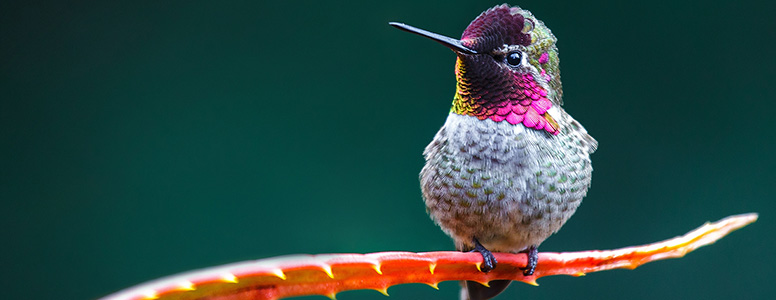
PREDICTS uses global data sets to model how biological communities respond to human activities. These biodiversity predictions can be used to inform conservation policy.
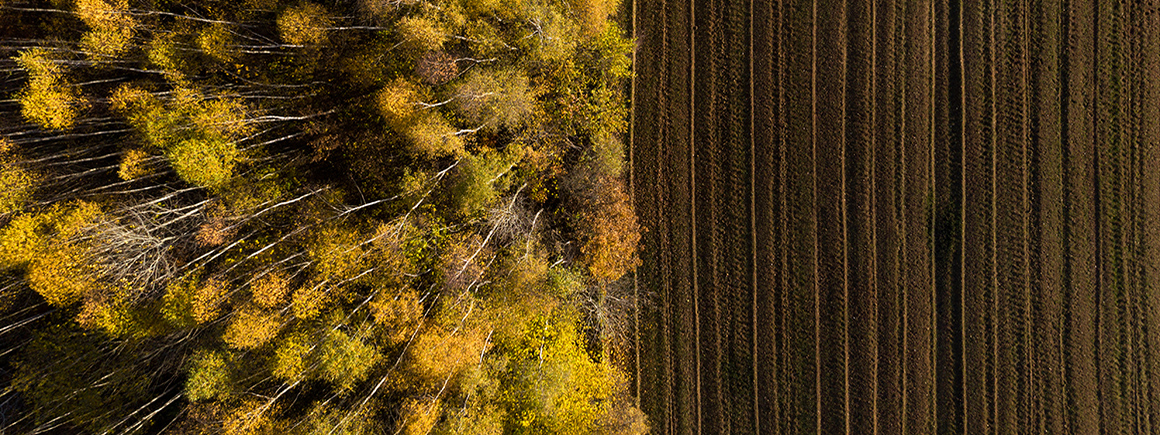
View and download the Biodiversity Intactness Index data to see past, current and future biodiversity changes for a particular area.
The current shortage of plant-based biodiversity indicators and the conflicting messages from different indicators risk avoidable biodiversity loss and hamper efforts to develop national and international policies for sustainable development.
Understanding species' global extinction risk is crucial from a conservation perspective, but understanding how human pressures have affected local biodiversity is equally important when looking at ecosystem function and ecosystem services.
The Biodiversity Intactness Index has fallen to an average of 84.6% of its value prior to human impacts, and 58% of the world's land surface is on the wrong side of the proposed planetary boundary.
We aim to model responses to both future land-use and climate change scenarios of plant diversity from representative plant assemblage datasets collated for PREDICTS and the worldwide distributions of species for the SRLI for Plants indicator.
Integrating the Sampled Red List Index and the Biodiversity Intactness Index would allow each to overcome its biggest limitation and give a clearer message to policymakers.

Supported by funding from the Prince Albert II of Monaco Foundationopens in a new window.
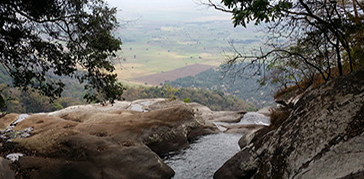
Assessing threats to plants and monitoring the state of the plant world.
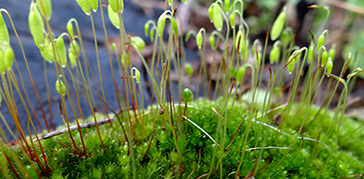
We have assessed 1021 species of bryophytes from around the world using the IUCN Red List Criteria, a ten-fold increase.
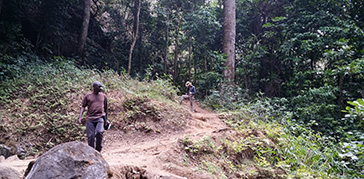
Expeditions to areas of high plant diversity help us to ensure that our IUCN Red List assessments are accurate.
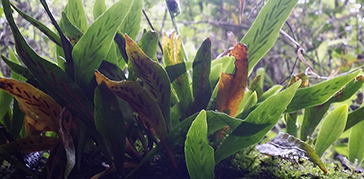
We have tripled the number of species of pteridophytes assessed using the IUCN Red List Criteria.
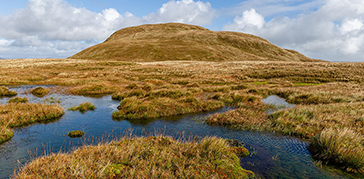
How might plant diversity respond to changing situations in the future?
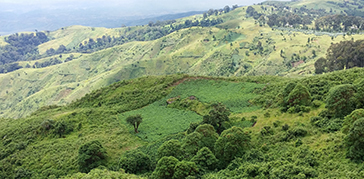
How should we study the full extent of change to biodiversity?